Satellite networks play a crucial role in our modern-day communication infrastructure, providing global coverage for various applications. These diverse systems of satellites offer a range of services, including communication, navigation, data collection, and more. Understanding the types and uses of satellite networks is essential to harnessing their full potential.
There are different types of satellite networks based on their orbits, each offering unique advantages for specific applications. The three main types are Low Earth Orbit (LEO), Medium Earth Orbit (MEO), and Geostationary Earth Orbit (GEO).
LEO satellite networks consist of small satellites that orbit the Earth in a series of planes, providing coverage for mobile applications. With their closer proximity to the Earth, LEO satellites offer low latency and are well-suited for applications like broadband internet, Earth observation, and remote sensing.
GEO satellite networks, on the other hand, utilize a smaller number of satellites and provide coverage to a fixed area of the Earth. While they have higher latency, GEO satellites are commonly used for applications requiring continuous coverage, such as weather monitoring, television broadcasting, and communication services.
MEO satellite networks primarily serve navigation systems, like GPS, and operate at higher altitudes than LEO satellites. They offer a balance between coverage and latency and are crucial for accurate positioning and navigation.
Each type of satellite network has its own unique uses and advantages, making them suitable for specific applications. Understanding the capabilities and characteristics of satellite networks is essential for utilizing them effectively in various industries.
Low Earth Orbit (LEO) Satellite Networks
LEO satellite networks are made up of a constellation of small satellites that orbit the Earth in a series of planes. This configuration allows for continuous coverage and is ideal for mobile applications where the service needs to be used on the move. LEO satellites are closer to the Earth than GEO satellites, resulting in lower latency or voice delay in the network. They are well-suited for applications requiring low latency, such as broadband internet, Earth observation, and remote sensing. The broadband internet capability of LEO networks is particularly transformative, offering high-speed satellite internet access to remote and underserved areas globally. This positions LEO networks as a pivotal solution in bridging the digital divide, leveraging their lower altitude for reduced latency in internet services. Popular LEO satellite networks include Iridium, Globalstar, Orbcomm, and SpaceX, with SpaceX’s Starlink project being at the forefront of utilizing LEO satellites for global internet coverage. These networks ensure that satellite internet access is not only feasible but also efficient, providing an essential service that extends far beyond the reach of traditional terrestrial infrastructure.
| Advantages of LEO Satellite Networks | Applications |
|---|---|
| Continuous coverage |
|
| Lower latency |
|
Geostationary (GEO) Satellite Networks
Geostationary satellite networks play a pivotal role in enabling communication, broadcasting, and monitoring services worldwide. These networks consist of a smaller number of satellites strategically placed in a geosynchronous orbit above the equator, providing continuous coverage to a fixed geographic area on Earth.
While GEO satellite networks typically have higher latency compared to LEO satellites, they compensate for it by offering extensive coverage across vast regions. This broad coverage makes GEO satellites well-suited for applications that require uninterrupted connectivity, such as weather monitoring and television broadcasting. Communication services also benefit from GEO networks as they provide reliable and stable connections for voice and data transmission.
One of the notable GEO satellite networks is Inmarsat. Inmarsat operates a fleet of high-capacity satellites, providing global coverage for broadband internet access, maritime communications, and land mobile services. Another prominent player in the GEO satellite industry is Eutelsat, which offers reliable connectivity for broadcasting, broadband access, cellular backhaul, and more. Astra (Sky) is renowned for its contribution to television broadcasting, delivering satellite TV services to millions of households across Europe.
In summary, GEO satellite networks make a significant impact by delivering wide coverage, providing crucial services such as weather monitoring, broadcasting, and communication. Although they have higher latency compared to LEO satellites, their reliability and continuous coverage make them an essential component of the global communication infrastructure.
| Key Characteristics of GEO Satellite Networks | |
|---|---|
| Number of Satellites | Fewer compared to LEO satellite networks |
| Latency | Higher latency compared to LEO satellite networks |
| Coverage | Broad coverage over a fixed area |
| Applications | Weather monitoring, television broadcasting, communication services |
| Notable GEO Satellite Networks | Inmarsat Eutelsat Astra (Sky) |
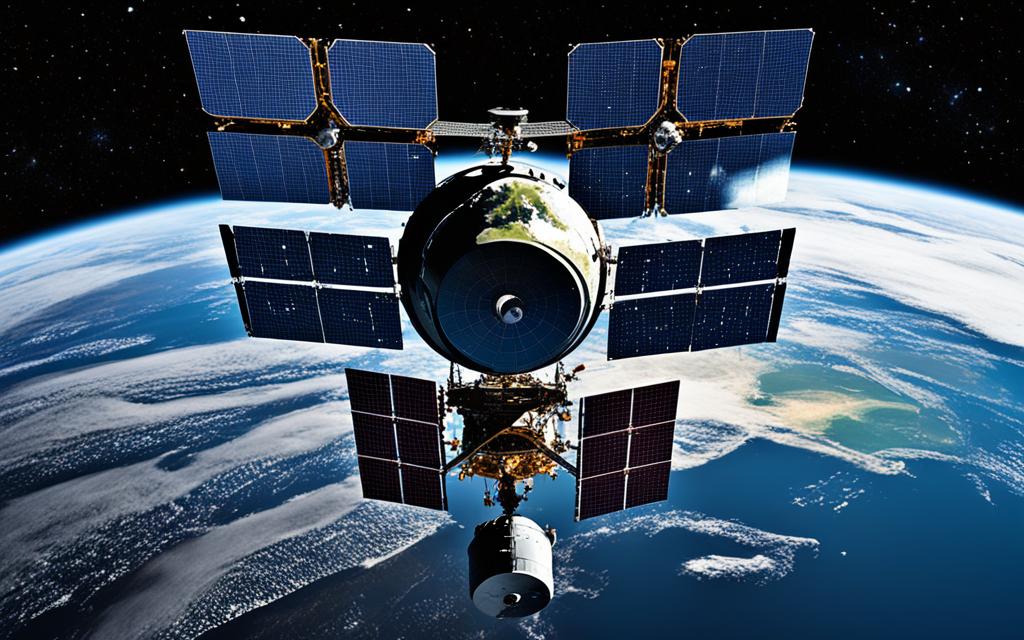
Medium Earth Orbit (MEO) Satellite Networks
MEO satellite networks play a crucial role in navigation systems like GPS, providing accurate positioning and location data. These networks operate at higher altitudes compared to LEO satellites, offering a wider coverage area for navigation purposes. Notable MEO networks include Galileo, GLONASS, and Beidou, which are widely used globally.
One significant advantage of MEO satellite networks is that they require fewer satellites compared to LEO networks, allowing for more cost-effective implementation. This reduction in the number of satellites also results in improved network efficiency and management. The balance between coverage and latency achieved by MEO constellations makes them a preferred choice for navigation and positioning systems.
Benefits of MEO Satellite Networks:
- Enhanced coverage area for navigation systems
- Optimized balance between coverage and latency
- Economical implementation due to fewer satellites
- Global usage with notable networks like Galileo, GLONASS, and Beidou
Incorporating MEO satellite networks into navigation systems ensures reliable and accurate positioning information, enabling seamless navigation experiences for various industries and applications. Whether it’s guiding ships at sea, assisting aircraft during flight, or helping individuals navigate through unfamiliar territories, MEO satellite networks are instrumental in supporting efficient and dependable navigation systems.
| Benefits | MEO Satellite Networks |
|---|---|
| Wider coverage area | ✓ |
| Optimized balance between coverage and latency | ✓ |
| Economical implementation with fewer satellites | ✓ |
| Global usage with notable networks | Galileo, GLONASS, Beidou |
Applications of Satellite Networks
Satellite networks play a crucial role in various industries, offering a wide range of applications that span from broadband internet access to navigation systems and broadcasting. Let’s explore how satellite networks are utilized in different sectors:
Broadband Internet
Satellite networks, particularly Low Earth Orbit (LEO) satellite networks, provide an essential solution for broadband internet access. With their ability to offer low latency and high-speed connectivity, LEO satellite networks ensure seamless internet browsing and data transmission even in remote areas where terrestrial infrastructure is limited. This technology has revolutionized connectivity for businesses and individuals in underserved regions around the world.
Navigation Systems
Satellite networks, including Medium Earth Orbit (MEO) satellite networks, are the backbone of navigation systems like GPS (Global Positioning System). GPS technology enable accurate positioning, tracking, and navigation for various purposes, ranging from personal devices for outdoor activities to commercial applications in aviation, maritime, and transportation industries. Thanks to MEO satellite networks, people can rely on precise location information to navigate and reach their destinations safely and efficiently.
Broadcasting
Satellite networks, especially Geostationary (GEO) satellite networks, are widely used for broadcasting purposes, including Satellite TV Broadcasting. They provide the necessary infrastructure for delivering television signals, radio broadcasts, and other media content across vast regions. GEO satellite networks ensure continuous coverage over a fixed area, allowing broadcasters to reach a large audience with high-quality audio and visual content. This technology plays an integral role in bringing news, entertainment, and cultural programming to people around the world through Satellite TV Broadcasting, among other formats.
“Satellite networks offer a wide range of applications, from broadband internet access to navigation systems and broadcasting.”
Overall, satellite networks have revolutionized various industries by enabling broadband internet access, facilitating navigation systems, and supporting seamless broadcasting. Their unique capabilities, such as low latency, global coverage, and continuous connectivity, make satellite networks indispensable in our modern world.
Conclusion
Satellite networks are an indispensable component of our global communication infrastructure, providing essential services such as communication, navigation, and data collection on a global scale. The different types of satellite networks, including Low Earth Orbit (LEO), Medium Earth Orbit (MEO), and Geostationary Earth Orbit (GEO), each offer distinct advantages and serve specific applications.
LEO satellite networks are well-suited for mobile applications, offering continuous coverage and low latency. They are ideal for broadband internet access, real-time communication, and Earth observation. Popular LEO satellite networks like Iridium, Globalstar, Orbcomm, and SpaceX have revolutionized the way we connect and communicate, particularly in remote areas.
GEO satellite networks, on the other hand, provide broad coverage over a fixed area and are commonly used for applications that require continuous coverage, such as weather monitoring, television broadcasting, and communication services. Inmarsat, Eutelsat, and Astra (Sky) are noteworthy GEO satellite networks that have established their presence in the industry.
MEO satellite networks primarily serve navigation systems like GPS. Positioned at higher altitudes, MEO constellations offer a balance between coverage and latency. Navigation and positioning systems such as Galileo, GLONASS, and Beidou rely on MEO satellite networks to provide accurate and reliable location information.
In conclusion, satellite networks are vital for our modern world, enabling seamless global communication, accurate navigation, and valuable data collection. The choice of satellite network depends on the specific requirements of each application. Whether it’s LEO satellite networks for mobile applications, GEO satellite networks for continuous coverage, or MEO satellite networks for navigation purposes, satellite networks will continue to play a significant role in shaping our interconnected future.
FAQ
What are satellite networks?
Satellite networks are diverse systems of satellites working together to provide communication, navigation, data collection, and other services.
What are the different types of satellite networks?
The different types of satellite networks are Low Earth Orbit (LEO), Medium Earth Orbit (MEO), and Geostationary Earth Orbit (GEO).
How do LEO satellite networks work?
LEO satellite networks consist of small satellites that orbit the Earth in a series of planes, providing coverage for mobile applications.
What are the advantages of LEO satellite networks?
LEO satellite networks offer low latency or voice delay, making them well-suited for applications requiring low latency, such as broadband internet, Earth observation, and remote sensing.
What are popular LEO satellite networks?
Popular LEO satellite networks include Iridium, Globalstar, Orbcomm, and SpaceX.
How do GEO satellite networks work?
GEO satellite networks consist of a smaller number of satellites that provide coverage to a fixed area of the Earth.
What are the advantages of GEO satellite networks?
GEO satellite networks offer broad coverage over a large area, making them commonly used for applications requiring continuous coverage, such as weather monitoring, television broadcasting, and communication services.
What are popular GEO satellite networks?
Popular GEO satellite networks include Inmarsat, Eutelsat, and Astra (Sky).
How do MEO satellite networks work?
MEO satellite networks orbit the Earth at higher altitudes than LEO satellites and provide a greater coverage area.
What are the advantages of MEO satellite networks?
MEO satellite networks offer a balance between coverage and latency, making them commonly used for navigation and positioning systems like GPS.
What are notable MEO satellite networks?
Notable MEO networks include Galileo, GLONASS, and Beidou.
What are the applications of satellite networks?
Satellite networks have a wide range of applications, including broadband internet access, navigation and positioning systems, and broadcasting.
What applications are ideal for LEO satellite networks?
LEO satellite networks are ideal for broadband internet applications, Earth observation, remote sensing, and real-time communication.
What applications are ideal for GEO satellite networks?
GEO satellite networks are suitable for applications that require continuous coverage over a fixed area, such as weather monitoring, television broadcasting, and communication services.
What applications are ideal for MEO satellite networks?
MEO satellite networks are commonly used for navigation and positioning systems like GPS.

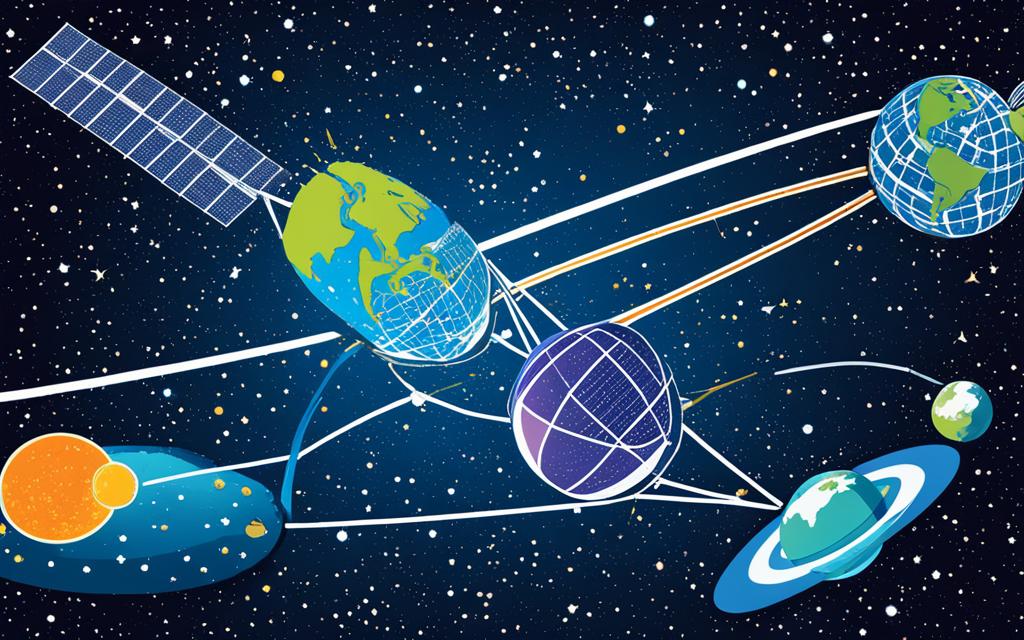

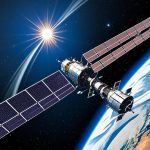











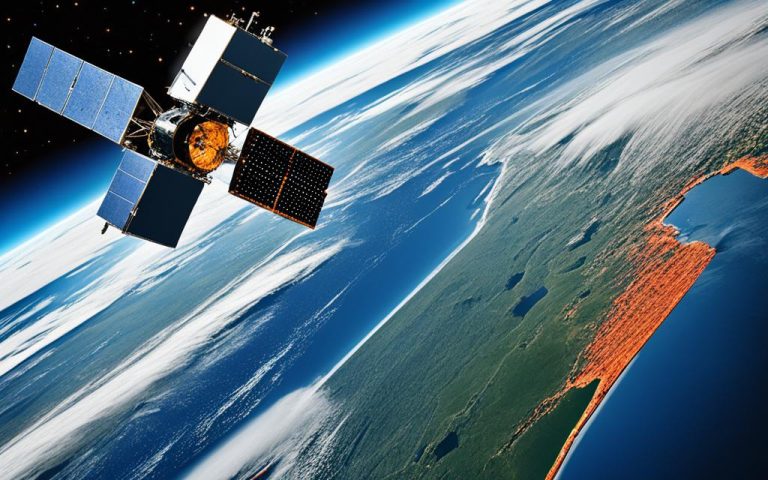



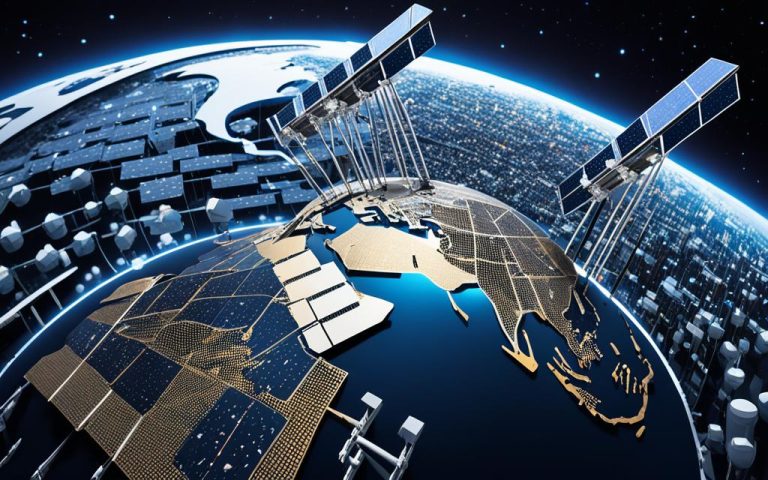
Привет всем!
Как можно разнообразить повседневную рутину и выбраться из застоя? Какие активности могут вызвать у вас яркие эмоции?
Возможно, любимое хобби, спорт, путешествия или экстремальные виды отдыха. Или вы наслаждаетесь экзотической и необычной кухней,
или отличными кулинарными шедеврами для близких.
Но современный ритм жизни зачастую ограничивает время и финансы для отличного времяпрепровождения.
Существует ли способ перервать серию повседневных испытаний, оторваться от реальности и испытать новые впечатления?
На мой взгляд, кино – лучшее решение. Кинематограф стал неотъемлемой частью нашей жизни, порой мы даже не замечаем,
как фильмы становятся нашей частью. Иногда сюжет картины так захватывает, что мы теряем чувство времени и готовы смотреть
до утра или пропустить важную встречу. Мы видим себя в героях и забываем о собственных проблемах, переживая их переживания. Кино – это не только развлечение, но и источник вдохновения, опыта и новых знаний.
Кино доступно на различных онлайн-платформах. Однако, многие из них требуют регистрации,
платежей или ограничены в определенных регионах. Но я хотел бы порекомендовать вам проект,
который стал для меня открытием – https://hd-rezka.cc.
Здесь минимум рекламы, а также вы можете оставить запрос на просмотр фильма, который хотели бы увидеть.
Главное преимущество – отсутствие ограничений в доступе к контенту. Просто заходите и наслаждайтесь просмотром.
Кстати вот интересные разделы!
[url=Судная ночь 2 смотреть онлайн бесплатно (2014) в хорошем качестве]https://hd-rezka.cc/films/11986-sudnaja-noch-2-2014.html[/url]
[url=Тесса Хофф Смотреть фильмы и сериалы онлайн в хорошем качестве 720p hd и без регистрации]https://hd-rezka.cc/directors/%D0%A2%D0%B5%D1%81%D1%81%D0%B0%20%D0%A5%D0%BE%D1%84%D1%84/[/url]
[url=Эйдан Пикеринг Смотреть фильмы и сериалы онлайн в хорошем качестве 720p hd и без регистрации]https://hd-rezka.cc/actors/%D0%AD%D0%B9%D0%B4%D0%B0%D0%BD%20%D0%9F%D0%B8%D0%BA%D0%B5%D1%80%D0%B8%D0%BD%D0%B3/[/url]
[url=Casper Knopf Смотреть фильмы и сериалы онлайн в хорошем качестве 720p hd и без регистрации]https://hd-rezka.cc/actors/Casper%20Knopf/[/url]
[url=Pamela Almanza Смотреть фильмы и сериалы онлайн в хорошем качестве 720p hd и без регистрации]https://hd-rezka.cc/actors/Pamela%20Almanza/[/url]
Люди в черном: Интернэшнл смотреть онлайн бесплатно (2019) в хорошем качестве
Этан Флауер Смотреть фильмы и сериалы онлайн в хорошем качестве 720p hd и без регистрации
Охота смотреть онлайн бесплатно (2020) в хорошем качестве
Юрий Пронин Смотреть фильмы и сериалы онлайн в хорошем качестве 720p hd и без регистрации
Алексей Лихницкий Смотреть фильмы и сериалы онлайн в хорошем качестве 720p hd и без регистрации
Джон Си Райли Смотреть фильмы и сериалы онлайн в хорошем качестве 720p hd и без регистрации
Луинг Эндрюс Смотреть фильмы и сериалы онлайн в хорошем качестве 720p hd и без регистрации
Шон Такер Смотреть фильмы и сериалы онлайн в хорошем качестве 720p hd и без регистрации
Удачи друзья!